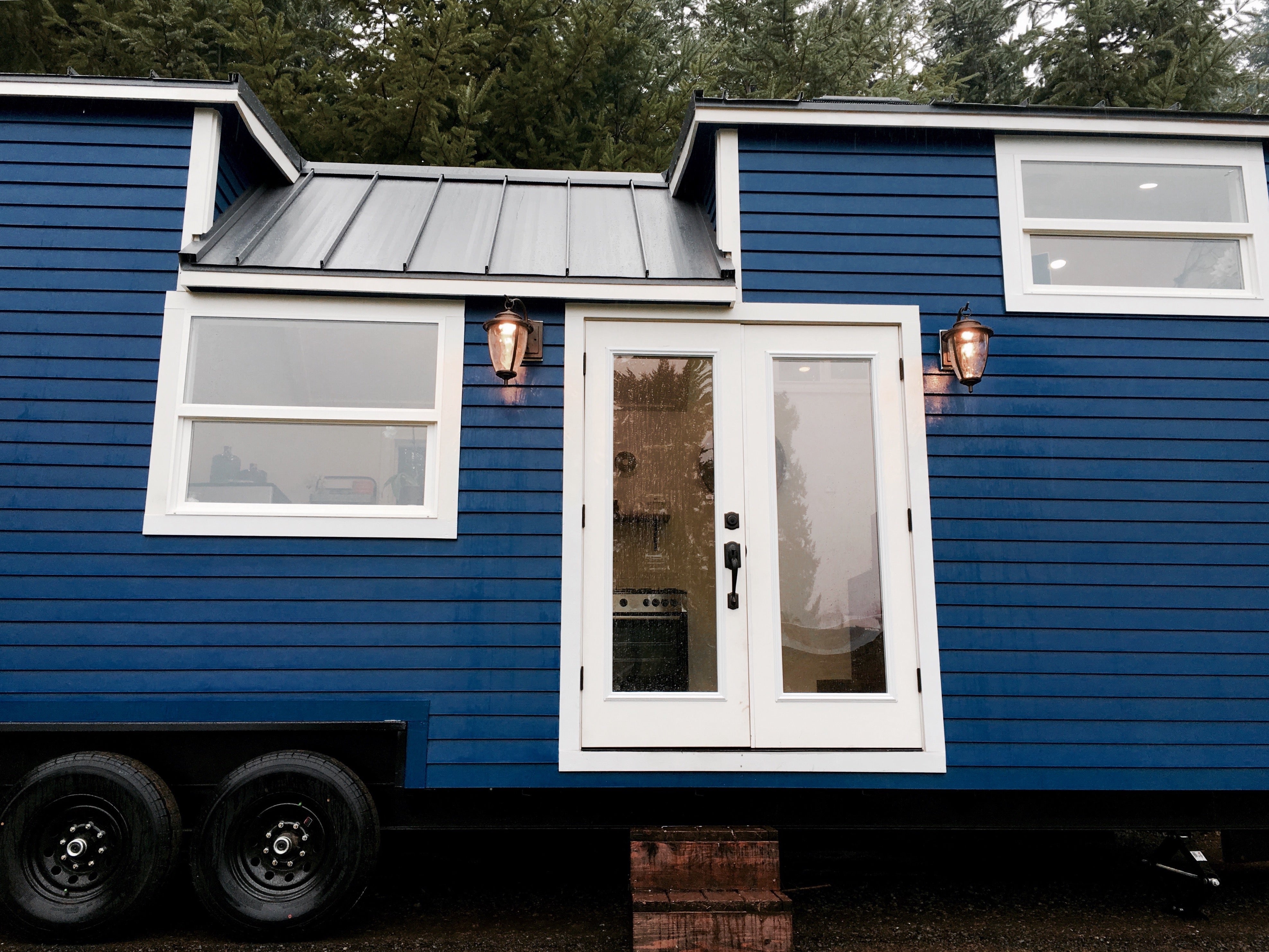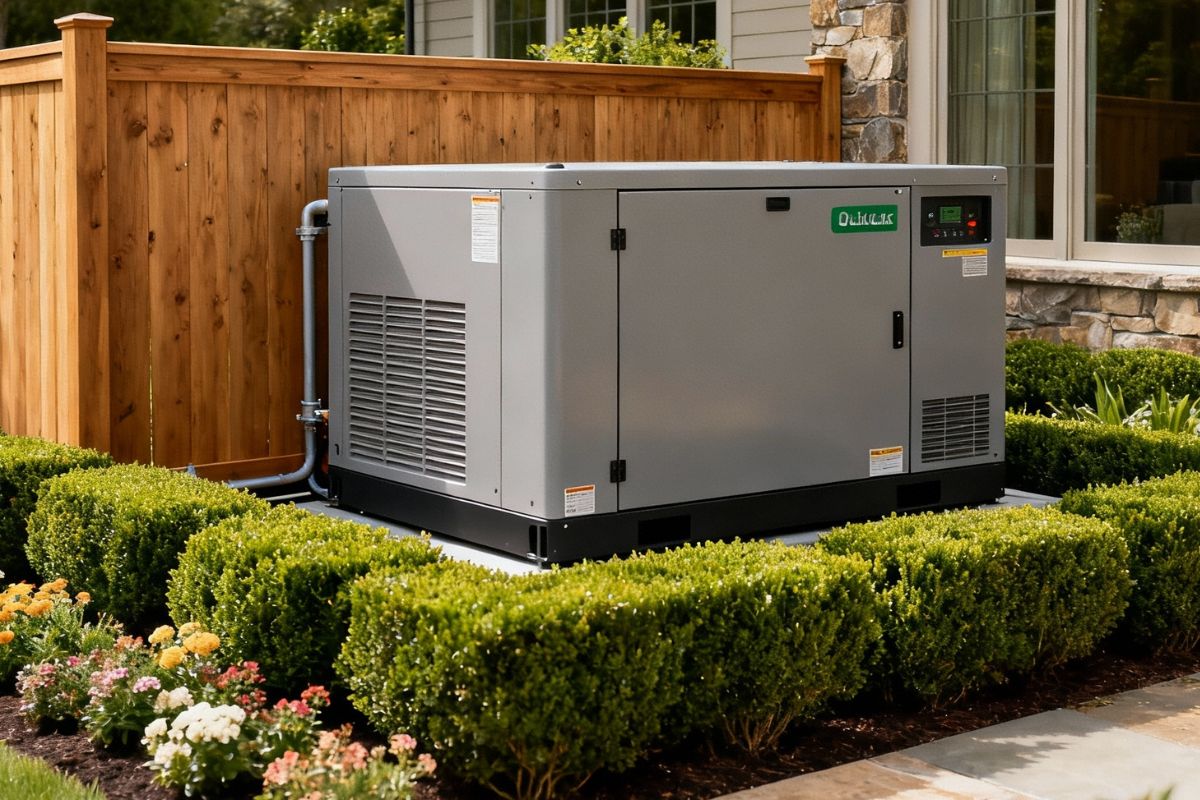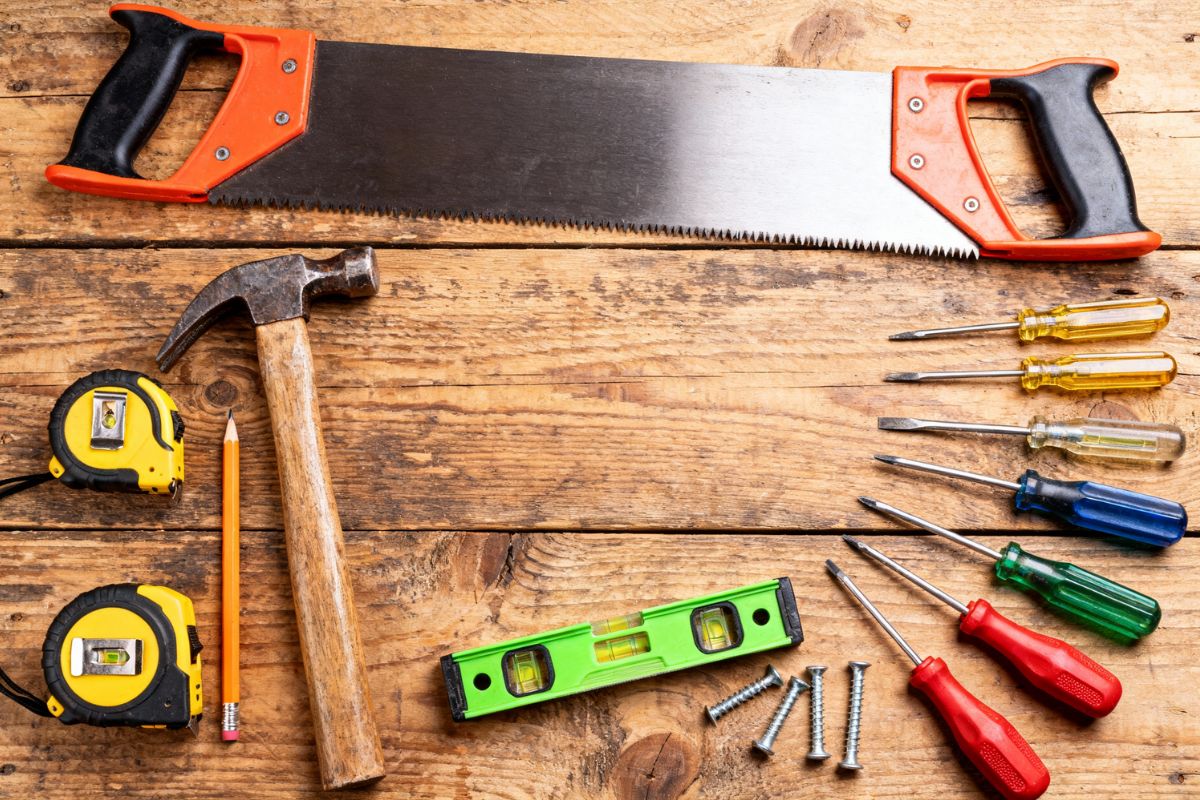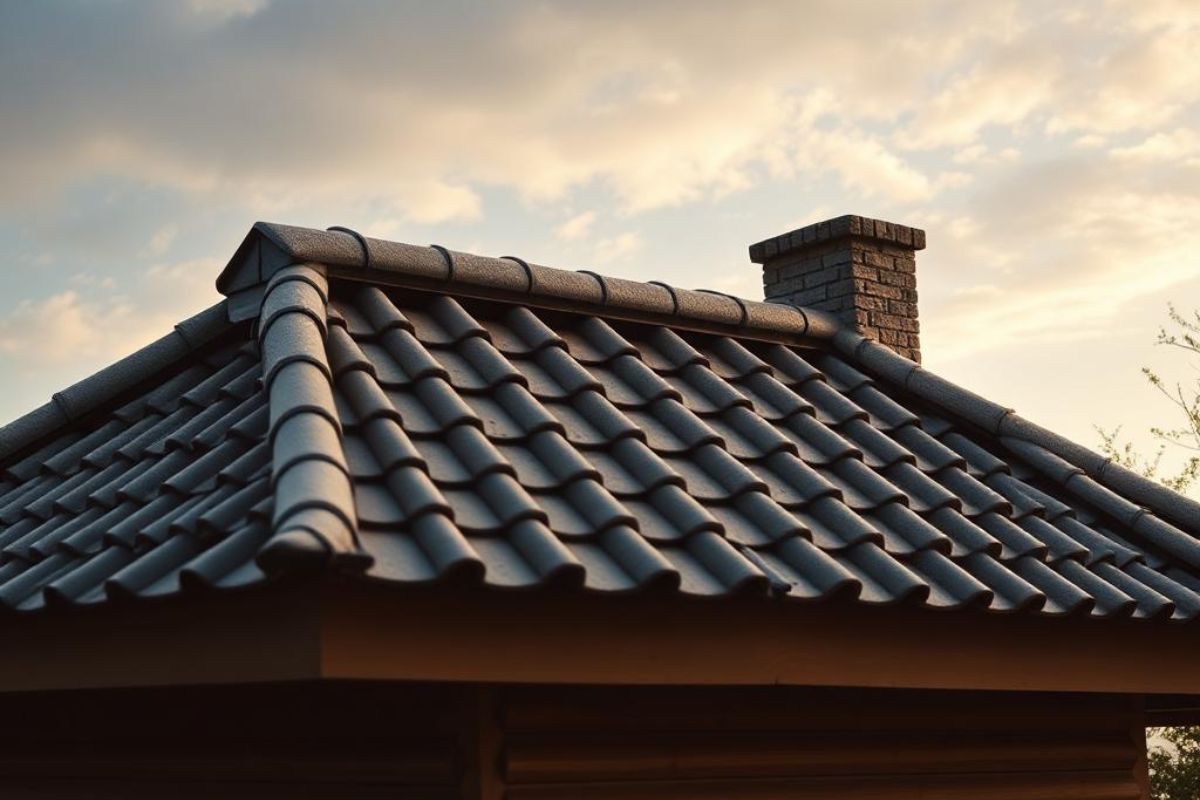Tiny homes have surged in popularity in recent years, offering a minimalist lifestyle, lower living costs, and greater flexibility in design and mobility. But while these homes may be smaller in size, the quality and durability of their materials matter just as much, if not more, than in larger houses.
One of the most important choices any tiny homeowner will make is the type of roofing material. The roof is the first line of defense against weather, pests, and structural wear.
Among the available options, metal roofing stands out as one of the best investments for a tiny home, offering durability, energy efficiency, and long-term value.
Working With Professionals for the Best Results
Selecting the right roofing material is only part of the equation; proper installation is equally critical. Metal roofing requires precise handling to ensure panels are aligned, sealed, and secured correctly.
Tiny homes, in particular, benefit from professional expertise, as their compact size means that every inch of space and every seam in the roof has to be carefully considered. A skilled metal roofing contractor provides expert installation and helps homeowners choose the most appropriate materials, coatings, and finishes for their climate and lifestyle.
The right contractor ensures that the roof delivers on its promise of longevity and performance while avoiding costly mistakes that could lead to leaks or damage down the road.
Durability and Longevity
One of the greatest advantages of metal roofing is its exceptional lifespan. While traditional asphalt shingles typically last 15 to 20 years, metal roofs can last 40 to 70 years with proper care. For tiny homeowners who want long-term reliability and reduced maintenance, this longevity is invaluable.
Metal roofing is resistant to many of the factors that shorten the life of other roofing materials. It does not rot, warp, or crack in the same way wood or shingles might. It resists pests such as termites, and it is less likely to be damaged by mold, mildew, or algae growth. In climates with heavy rainfall, snow, or intense sun, metal roofs perform well, offering peace of mind that the home is secure.
Lightweight and Ideal for Small Structures
Tiny homes are often built on wheels or lightweight foundations, so material weight is an important consideration.
Metal roofing is lighter than many other roofing options, reducing stress on the structure and supporting mobility if the home needs to be moved. This weight advantage is particularly useful for mobile tiny homes that are transported across varying climates and terrains.
Because metal panels are light, installation is often quicker and easier compared to heavier materials such as tile or slate. Faster installation can mean lower labor costs and less disruption, making metal a practical choice for budget-conscious homeowners.

Energy Efficiency and Environmental Benefits
Tiny homes are often designed with sustainability in mind, and metal roofing aligns perfectly with this goal. Metal reflects solar radiant heat, reducing cooling costs during hot summer months.
Many modern metal roofs come with reflective coatings that increase energy efficiency further, helping maintain comfortable indoor temperatures without over-relying on heating or air conditioning.
Metal roofing is often made from recycled materials and can be recycled again at the end of its lifespan. This makes it a more environmentally responsible choice compared to asphalt shingles, which frequently end up in landfills. For eco-conscious homeowners, a metal roof enhances the sustainable ethos of tiny home living.
Weather Resistance and Safety
Tiny homes may be small, but they are still exposed to the same extreme weather conditions as larger houses. Metal roofing is highly resistant to wind, fire, snow, and hail. In areas prone to wildfires, a non-combustible metal roof offers an extra layer of safety, potentially protecting the entire structure.
Metal roofs shed snow and rain more efficiently than traditional roofs. This prevents water from pooling and reduces the risk of leaks or ice dams in colder climates. For homeowners who move their tiny homes across different regions, the all-weather performance of metal roofing is a significant advantage.
Low Maintenance Requirements
Unlike other materials that require frequent inspections and repairs, metal roofing demands relatively little upkeep.
Occasional cleaning and routine checks for loose fasteners or seals are generally enough to keep the roof in top condition. This low-maintenance requirement is appealing to tiny homeowners who prefer to spend more time enjoying their homes than maintaining them.
Because of its durability, metal roofing reduces long-term maintenance costs. While the initial installation might be more expensive than asphalt shingles, the savings over decades of use more than offset the upfront investment.

Aesthetic Versatility
Metal roofing is no longer limited to the industrial look of corrugated panels.
Modern designs come in a wide range of colors, finishes, and styles, including options that mimic the appearance of shingles, tiles, or even wood shakes. This versatility allows tiny homeowners to customize their roofs to fit their design preferences, whether they want a rustic, contemporary, or traditional aesthetic.
The wide array of finishes allows the roof to complement the surrounding environment, helping tiny homes blend into wooded landscapes or stand out with bold, modern styling. With metal, form and function go hand in hand.
Cost Efficiency
Although the initial cost of a metal roof is higher than some alternatives, its long-term value makes it a cost-efficient choice. When factoring in the roof’s durability, reduced maintenance, and energy savings, metal roofing often proves to be more affordable over its lifespan than cheaper options that require frequent replacement.
For tiny homeowners, cost efficiency is important. Many choose tiny living as a way to simplify expenses and prioritize long-term savings. A metal roof supports this lifestyle by reducing unexpected repair costs and ensuring that one of the home’s most vital components lasts for decades.
Resale Value and Market Appeal
Investing in a metal roof can increase the resale value of a tiny home. Prospective buyers are often drawn to homes with high-quality, low-maintenance features, and a metal roof provides reassurance about the property’s longevity.
Just as in traditional real estate, details that emphasize durability and efficiency make a tiny home more attractive in the marketplace.
For tiny homeowners, every design decision matters. The roof, as both a protective barrier and an aesthetic feature, is one of the most important choices of all. Metal roofing offers unmatched durability, efficiency, and versatility, making it a smart investment for anyone committed to long-term value and sustainability.
By working with a skilled roofing contractor and choosing the right materials, tiny homeowners can enjoy peace of mind knowing their roofs are built to last, allowing them to focus on the freedom and joy that tiny living provides.






Share: